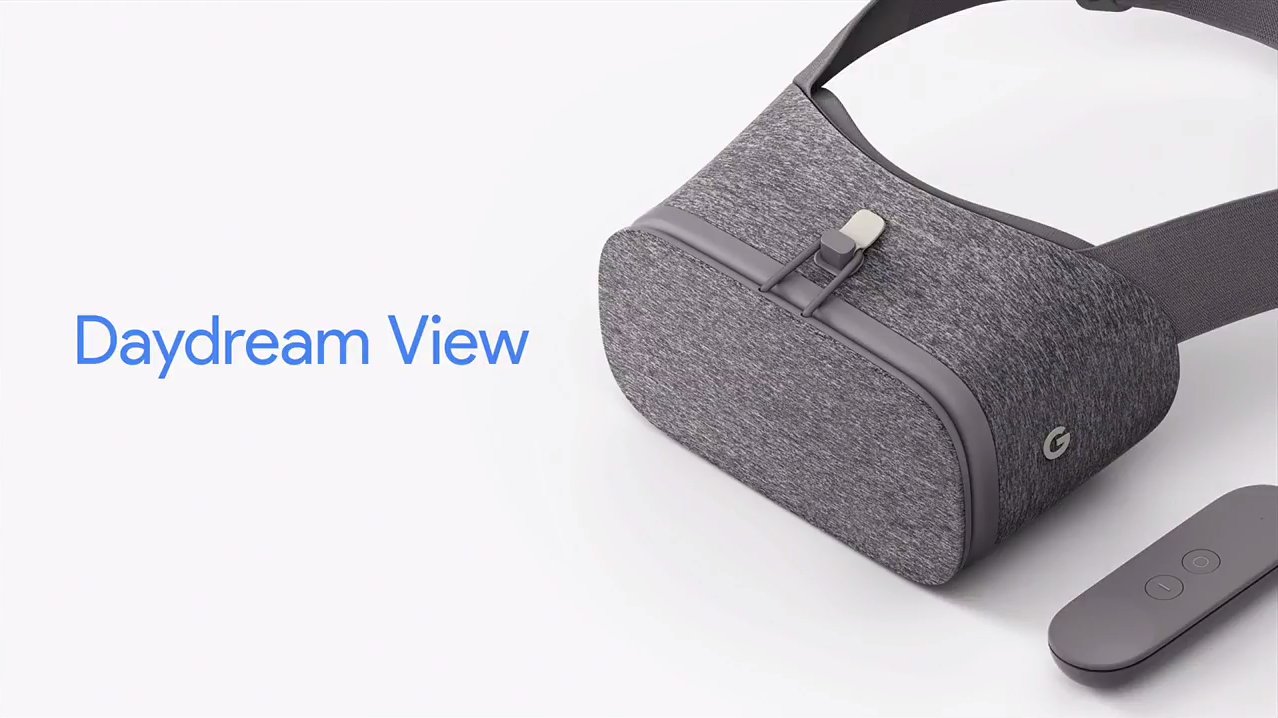This article was written by guest contributor Matthew F, Assistant Manager of Gophermods, Plymouth
Google’s largest hardware reveal has come and gone. And it has given the tech world a ton to talk about. But what does this all mean for you? Someone who isn’t skipping Monday night football to read the latest in tech journals. Well, here are a 3 things to take away from Google’s fall event so you can impress your techie friends!
1. Artificial Intelligence
Artificial intelligence has been a key part of Google’s business strategy over the past few years. The latest in their artificial intelligence efforts is Google Assistant. At first glance Assistant just looks like Apple’s Siri. While they are similar, Google Assistant is considerably more robust. Assistant will remember your conversation and be able to suggest certain actions based on the contextual information. It was also touted that Assistant is much better at language translation.

Google Assistant is Artificial Intelligence in your Smartphone.
Google’s overall philosophy is reminiscent of what Apple’s used to be when the iPhone was the core of their product ecosystem. Google is trying to make their A.I. the core and all other Google products an extension of what the Assistant can offer you. Nowhere is this more apparent than in Google Home: a clear competitor to Amazon’s Echo devices in the realm of smart home automation. What Google Home allows you to do is take advantage of the Assistant for home-related tasks. Whether that be making lists for shopping, asking for recipe tips, or Google-searching something while multitasking and controlling your houses lights. As an owner of Amazon Echo, controlling your lights through your voice is as cool as it sounds.
2. Virtual Reality

Google’s Daydream View drops the sleek gadget look for something more akin to designer clothing
Google is aiming to compete directly with Samsung’s Gear VR with it’s Daydream VR. What differentiates Google’s headset from Samsung is the design. Instead of opting for a plastic or metal construction, Google decided on fabrics as the primary material. This will make the headset very light and comfortable to wear in long durations. Google seems to have a better idea of what content it wants the headset to be used for and is aiming its focus to provide a top notch user experience. This content seems to be in the vein of social media through Youtube, VR enabled Journalism and a variety of games. While Daydream can’t compete with some of the heavy hitters like Oculus, HTC Vive or PSVR in pure power or fidelity, it seems Google has done an excellent job designing an entry level VR headset for those interested in the burgeoning technology.
3. Pixel
While Google has worked with other manufacturers to design Nexus phones(primarily to show off the latest iteration of Android), they never have designed a phone inside and out. This is changing with the introduction of the Pixel, sporting a Quad Core Qualcomm Snapdragon 821, and a HD(or Quad HD) AMOLED Display that comes in at 5 inches or 5.5 inches. Now this isn’t anything revolutionary. From a hardware perspective the Pixel isn’t too different from the latest offerings from Samsung, Apple or other smartphone manufacturers. Where Pixel stands out is the software experience, mostly in Assistant, the integration with Daydream VR and a host of improvements to Android OS.
Pixel is the first phone designed exclusively by Google.
Those were just a few of the important things Google unveiled in their event. With the permeation of A.I. into more and more devices, new VR headsets becoming available and a new style of phone to consider for the holidays. It’s to be a good time to please your inner geek!
Matthew F. is the Assistant Store manager at Gophermods, Plymouth. He enjoys 3D Design and Competitive PC gaming.